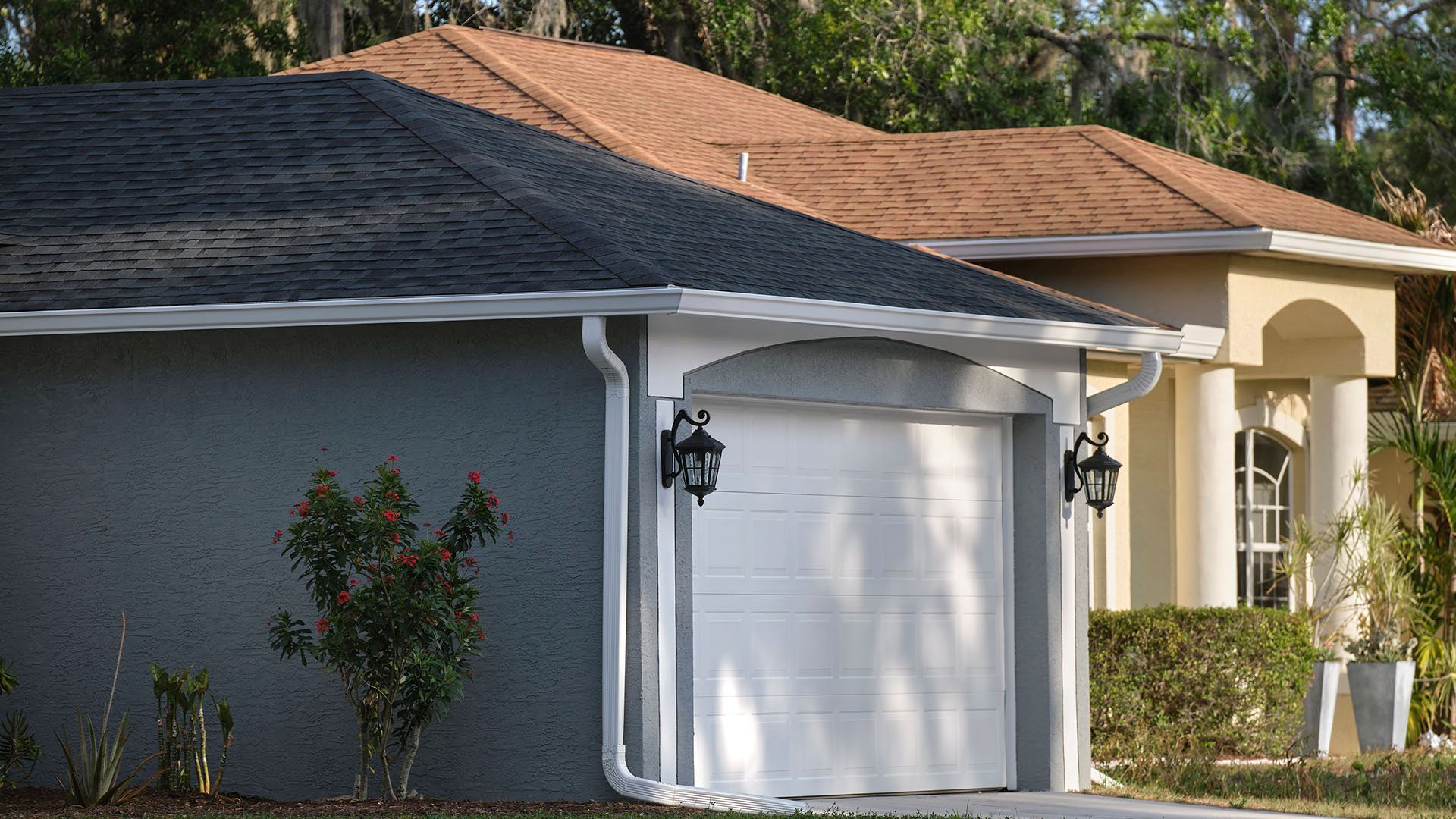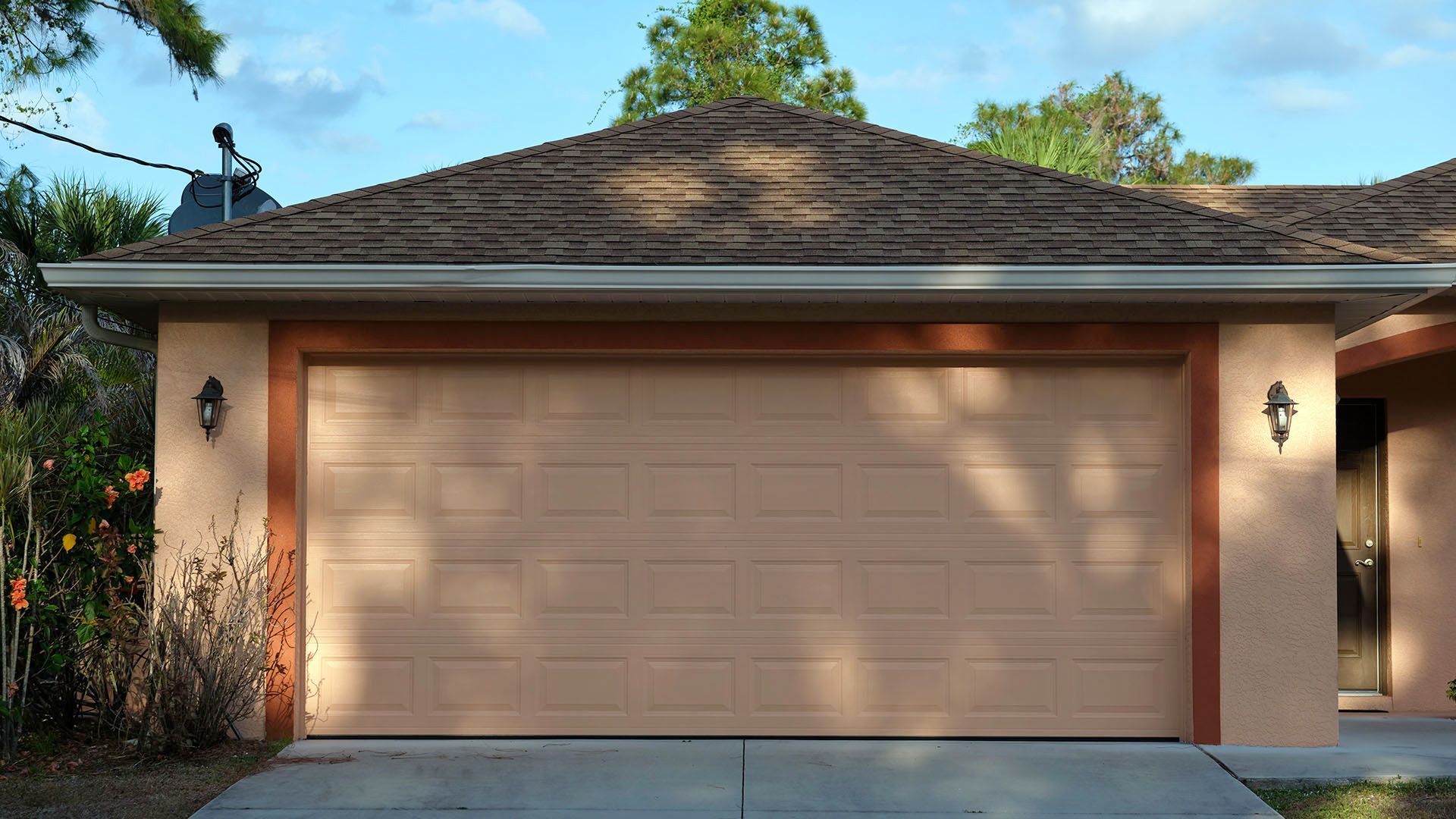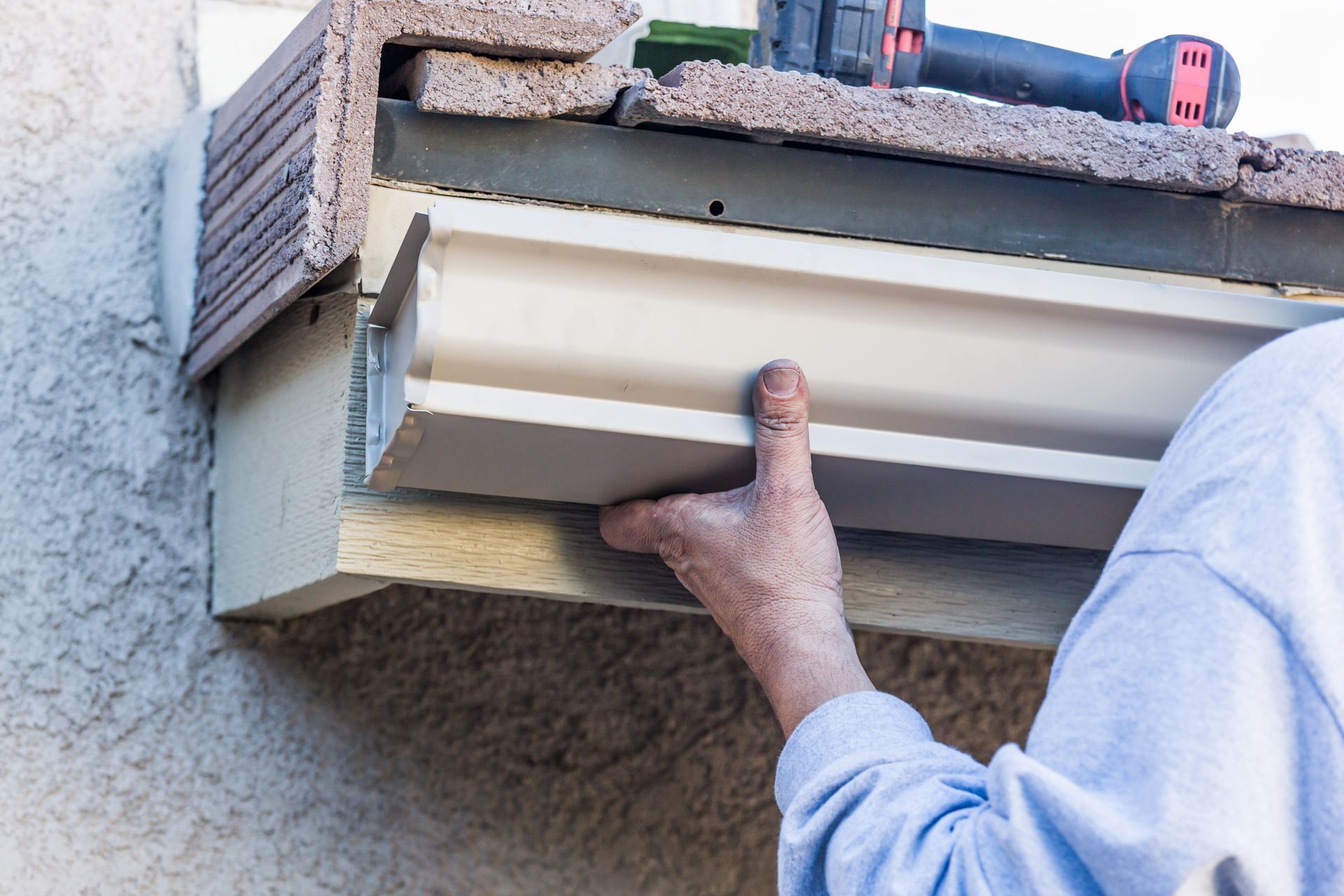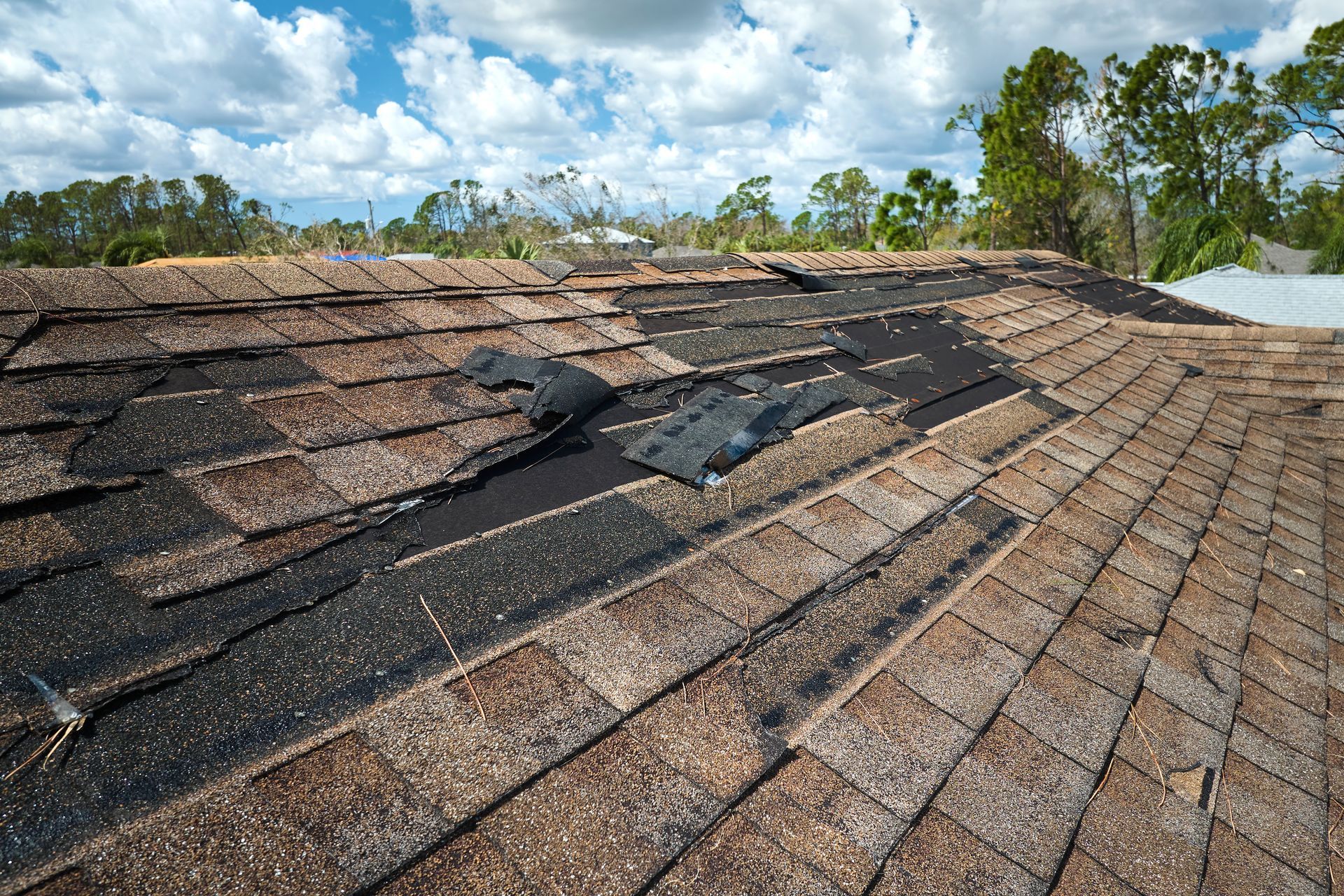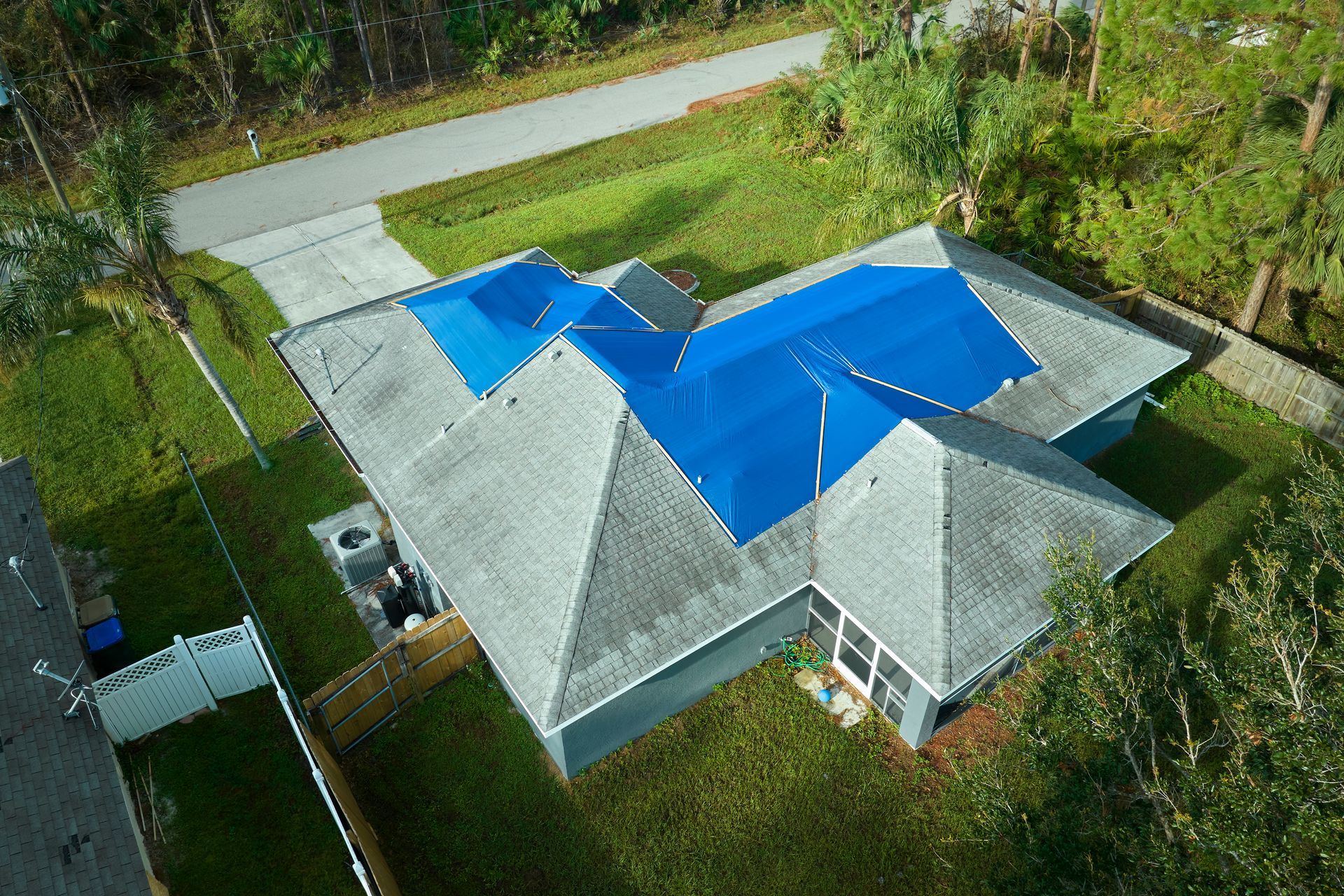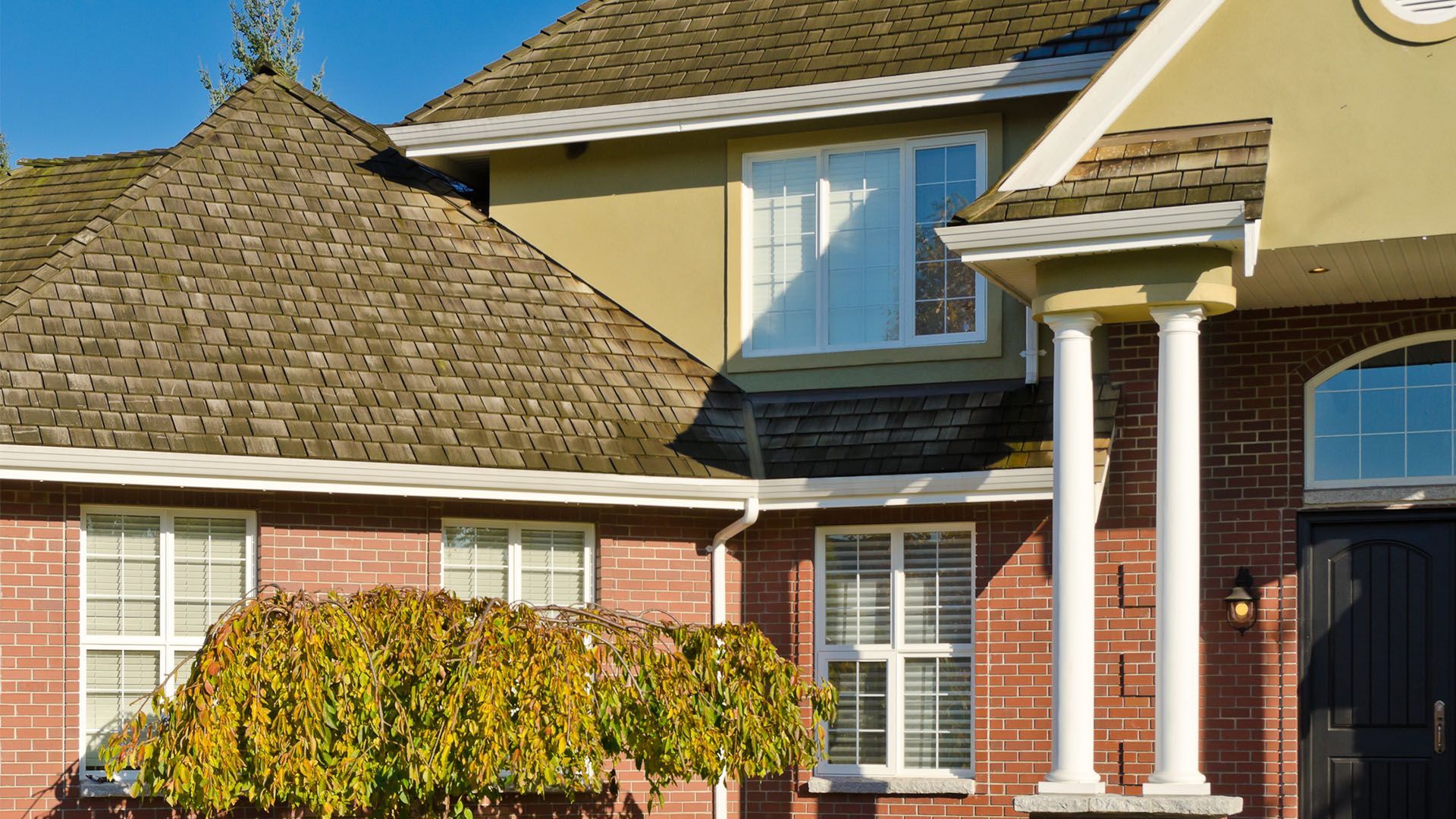How Much Does It Cost to Replace a Garage Roof in Connecticut?

If your garage roof is leaking, curling, or nearing the end of its lifespan, you’re probably asking the big question: what’s the cost to replace a garage roof—and what should you budget in CT? The short version: most projects fall into a predictable range based on size, roof type (flat vs. pitched), and material (asphalt shingles, metal, or membrane). The detailed breakdown below shows what drives price up or down so you can plan confidently and get apples-to-apples estimates.
Quick Overview
- What “garage roof replacement” includes: tear-off (if needed), deck/ sheathing inspection, underlayment and ice & water shield, new roofing system, flashing, ventilation, drip edge, and cleanup/haul-away.
- Who this guide is for: owners of single- or two-car garages, attached or detached, anywhere in Connecticut.
- Goal: help you understand garage roof replacement cost CT factors so your estimate lines up with reality.
The Short Answer: Typical Cost Ranges in CT
Prices vary with square footage, pitch, access, and your chosen system. Generally, asphalt shingle garage roof cost sits at the value end; flat-roof membranes (EPDM/TPO/PVC) and metal systems land higher due to material and detailing. Connecticut’s freeze–thaw cycles and building codes often require ice and water shields and proper ventilation—small line items that have an outsized impact on performance.
What drives the low-to-high range:
- Garage footprint (single vs. double car)
- Flat vs. pitched design and roof height
- Tear-off vs. overlay, plus any
decking/sheathing replacement
- Material choice (architectural asphalt, metal, or membrane)
- Permit fees, haul-away, and site access
- Details like flashing, vents, and drip edge
Key Factors That Influence Cost
Size & Layout
- Single-car vs. two-car: More roof area means more material and labor.
- Attached vs. detached: Tie-ins to the home can add flashing and labor;
detached garage roof replacement cost can sometimes be lower due to simpler access and staging.
Roof Design & Access
- Flat vs. pitched: Flat roofs typically use
EPDM,
TPO, or PVC; pitched roofs usually use asphalt shingles or metal.
- Access constraints: Tight driveways, fences, and landscaping slow production, increasing labor hours.
Material Choices (Pros, Cons, Lifespan)
- Architectural asphalt shingles: Most budget-friendly, many colors, solid lifespan—great value for garages.
- Metal (corrugated or standing seam): Higher upfront investment, excellent durability and snow-shedding, sleek look.
- Flat membrane systems (EPDM/TPO/PVC) or modified bitumen: Clean aesthetic for low-slope roofs, strong weather resistance when properly detailed.
Tip: For detached or utility garages that don’t need high-end curb appeal, shingles or EPDM often balance cost and longevity well. For high-visibility spaces or where snow-shedding matters, metal can be worth the premium.
Condition & Prep Work
- Tear-off vs. overlay: Tear-off lets us inspect and repair the deck, preventing hidden moisture issues.
- Decking/sheathing repairs: Replacing soft OSB/ply adds cost but protects your new roof’s lifespan.
- Underlayment & ice/water shield: Critical along eaves, valleys, and transitions in CT’s climate.
Details & Components
- Flashing & drip edge: Small components that prevent leaks and wind-driven rain.
- Ventilation: Ridge, soffit, or gable vents extend roof life and meet code.
- Add-ons: Gutters, fascia/soffit repairs, skylight work, chimney caps, and solar removal/reinstall change scope and price.
Soft Costs
- Permits & inspections: Vary by town; we help secure them.
- Tear-off and haul-away costs: Heavier, layered shingles and long dumpster hauls add fees.
- Seasonal demand: Spring–summer book quickly; early scheduling can lock timelines and pricing.
Cost by Material (Pros, Cons, Lifespan)
Asphalt Shingles
- Best for: Most pitched garage roofs seeking value and reliability.
- Pros: Lower material cost, wide style/ color options, straightforward install.
- Cons: Shorter lifespan than metal; ensure proper ventilation and underlayment.
Metal (Corrugated, Standing Seam)
- Best for: Long-term durability, snow shedding, modern curb appeal.
- Pros: Excellent lifespan, low maintenance, energy reflectivity.
- Cons: Higher upfront cost; standing seam requires skilled labor and precise detailing.
Flat Roof Systems (EPDM, TPO, PVC, Modified Bitumen)
- Best for: Low-slope or flat garages, modern accessory structures.
- Pros: Clean lines, strong performance when flashed correctly.
- Cons: Detailing at edges/walls is critical; ponding and access need attention.
When do premium materials make sense?
High-visibility garages, coastal exposure, heavy snow-shedding needs, or when you’re aligning the garage with a premium home roof system.
Cost by Roof Type & Garage Style
- Flat vs. pitched: Membrane systems price differently than shingles/metal due to materials and edge/flashing details.
- Detached vs. attached: Detached projects may streamline staging; attached roofs often need careful tie-ins, more flashing, and potentially
ice and water shield beyond eaves.
- Single-car vs. two-car: Expect a noticeable jump for two-car footprints given added material, labor hours, and disposal.
Labor vs. Materials Breakdown
Most garage reroofs allocate a significant share to labor cost to replace a garage roof—tear-off, deck repairs, underlayment, flashing, and installation speed all matter. Materials vary by system: shingles are cost-effective; metal and membranes cost more per square foot but can win on lifespan.
Repair vs. Replacement
Choose replacement when you see:
- Widespread granular loss, curling, cracked shingles, or blistering membranes
- Soft spots, sagging, or visible
roof decking/sheathing damage
- Active
leaks, recurring stains, or a roof beyond its service life
Strategic repairs make sense for isolated, recent issues—otherwise, a full system replacement is the more dependable fix.
DIY vs. Hiring a Pro
Roofing is high-risk, code-sensitive work. A licensed, insured contractor delivers:
- Proper
underlayment/ice and water shield and code compliance
- Correct
flashing at walls, eaves, and penetrations
- Valid manufacturer warranties and clean documentation
- Safe tear-off and efficient
haul-away with magnet sweep cleanup
DIY can appear cheaper, but tool costs, safety risks, and warranty limitations often erase savings.
How to Save Without Cutting Corners
- Bundle smart: Combine gutters, ridge/soffit vent upgrades, or minor fascia/soffit fixes during reroofing.
- Pick value materials: Architectural shingles are a strong balance for many garages.
- Standardize your spec: Share the same scope (tear-off vs. overlay, underlayment type,
ice & water shield coverage, flashing plan, ventilation) so every bid is truly comparable.
- Schedule wisely: Off-peak windows can help with availability and pricing.
Insurance & Financing
- Homeowners insurance: Storm, wind, or impact damage can be eligible; age and normal wear usually aren’t. We’ll document conditions to support any claim discussion with your carrier.
- Financing: Flexible options are available to spread payments, making it easier to choose the right system today instead of a band-aid fix. (Ask about current financing programs.)
Timeline: How Long Does a Garage Roof Replacement Take?
Most straightforward garage reroofs are completed in a day with clear access and a sound deck. Deck replacement, weather, or scope additions (gutters, fascia) can extend the schedule.
What to Expect on Installation Day
- Site prep & protection: Driveway and landscaping protection; dumpster staging.
- Tear-off & inspection: Remove old layers, inspect deck; replace compromised sheathing.
- Weatherproofing: Synthetic underlayment plus
ice and water shield at eaves/valleys.
- System install: Shingles, metal, or membrane per manufacturer specs.
- Details & ventilation:
Drip edge,
flashing, ridge/soffit or
gable vents as needed.
- Cleanup: Haul-away of debris, magnet sweep for stray nails, final walkthrough.
Getting an Accurate Estimate in Connecticut
Have these ready to speed things up and improve accuracy:
- Dimensions or photos of the garage (front, sides, and roofline)
- Roof style: flat vs. pitched; note skylights, chimneys, solar, or attached transitions
- Access notes: fences, tight driveways, trees, overhead wires
- Goals & budget: value-focused vs. longevity/appearance priorities
Questions to ask a roofing contractor:
- What’s your plan for
flashing, ventilation, and
ice & water shield coverage?
- Is tear-off included and how is
decking/sheathing replacement billed?
- What’s covered under workmanship vs. manufacturer warranty?
- How will you protect the driveway/yard and handle
tear-off and haul-away costs?
Why Choose Carden Home Improvement
- Fast, efficient installs: Many garage roofs completed in one day (weather and scope permitting).
- Trusted systems & warranties: We install quality roofing systems (including Tamko) with strong manufacturer-backed options.
- Local CT experts: Based in Plainville and serving
Southington,
Bristol, Farmington,
New Britain, Berlin, Newington, Burlington, Meriden, West Hartford, Middletown, and nearby communities.
- Customer-first scheduling: 24/7 scheduling support to fit your timeline.
- Financing available: Ask about options to make budgeting easier.
Ready for a precise, line-item estimate?
Book your free, on-site quote with Carden Home Improvement. We’ll inspect the deck, confirm the right system (asphalt shingles, metal, or membrane), review ventilation and flashing details, and provide a transparent price—no surprises.
Call (860) 770-2521 or email office@cardenroofing.com to schedule.
Pro tip: Share photos and rough dimensions when you reach out. It speeds up your estimate and helps us tailor options—whether you’re optimizing for value, lifespan, or curb appeal for your Connecticut garage.
Frequently Asked Questions
Do I need a permit for a garage roof replacement in CT?
Most towns require one. We handle the paperwork and inspections so your project stays compliant.
Can I replace just part of my garage roof?
Spot repairs can work for isolated damage, but age, widespread wear, or deck issues usually justify full replacement for reliability and warranty coverage.
What’s the best underlayment for a garage roof?
A high-quality synthetic underlayment plus ice and water shield at eaves and transitions. Low-slope sections may require enhanced coverage.
Will a new garage roof add resale value?
Yes. Fresh roofing, clean documentation, and transferable warranties are positives for buyers and inspectors.

